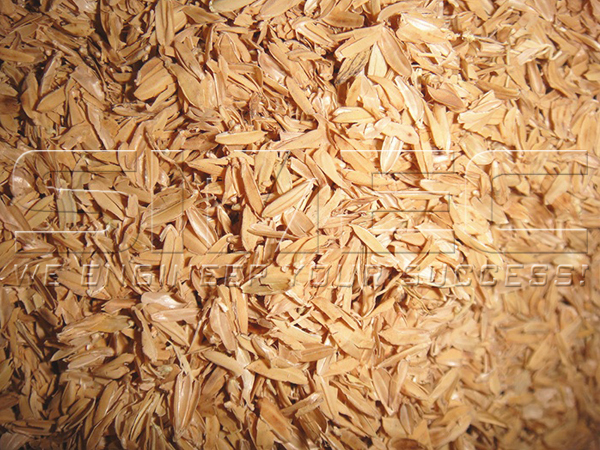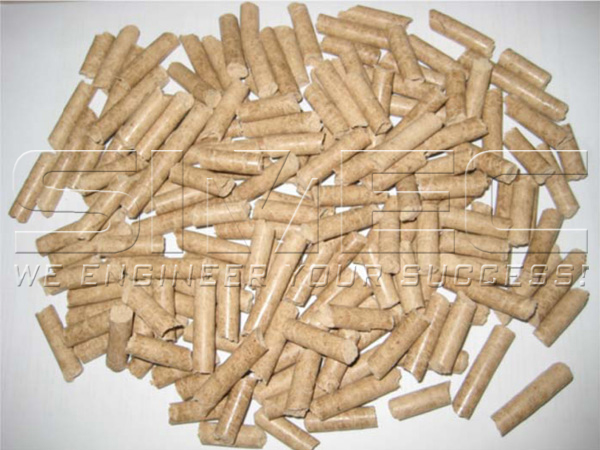Rice Husk Pellets Specification
As a cereal grain, rice is the most important staple food for a large part of the world's human population, especially in East and South Asia, the Middle East, Latin America, and the West Indies. It is the grain with the second-highest worldwide production, after corn.
With the large scale of rice planting, the utilization of rice husk has also become an economic sources of the planter.
Rice husk is the outmost layer of protection encasing a rice grain. With yellowish color and convex shape, it is slightly larger than the grain of rice. The rice husk is light in weight, bulk density of dry rice husk is around 340kg/m3 to 400kg/m3. Each ton of rice can produce about 180kg rice husk.
As a source of alternative energy over the usual non-renewable fossil fuels, rice husk pellets have been gaining a lot of interests all over the world. There are many benefits to using rice husk pellet.

Rice Husk

Rice Husk Pellet
The following table is the test parameters of rice husk pellets:
With the large scale of rice planting, the utilization of rice husk has also become an economic sources of the planter.
Rice husk is the outmost layer of protection encasing a rice grain. With yellowish color and convex shape, it is slightly larger than the grain of rice. The rice husk is light in weight, bulk density of dry rice husk is around 340kg/m3 to 400kg/m3. Each ton of rice can produce about 180kg rice husk.
As a source of alternative energy over the usual non-renewable fossil fuels, rice husk pellets have been gaining a lot of interests all over the world. There are many benefits to using rice husk pellet.

Rice Husk

Rice Husk Pellet
The following table is the test parameters of rice husk pellets:
| Rice Husk Pellet Specification | ||
| Description of Goods: Solid Biomass Fuel (Rice Husk Pellet) | ||
| Parameter | Test Method | Value |
| Total moisture (Wet basis) | CEN/TS 14774 | 12.21% |
| Ash (Dry basis) | CEN/TS 14775-2004 | 12.97% |
| Volatile matter (Dry basis) | CEN/TS 15148-2005 | 69.74% |
| Fixed carbon (Dry basis) | ISO 17246:2005 | 17.29% |
| Sulphur (Dry basis) | CEN/TS 15408 | 0.054% |
| Gross calorific value (Dry basis) | CEN/TS 14918 | 4144 Kcal/kg |
| Density (Dry basis) | CEN/TS 15103-2005 | 0.623 MTS/CM |
| Total carbon (Dry basis) | GB/T 476-2008 | 42.4% |
| Diameter: 8mm | ||
SIMEC has rich experiences in rice husk pelletizing technology. We can supply complete rice husk pellet line. If you are interested in rice husk pellet mill, please feel free to contact us.